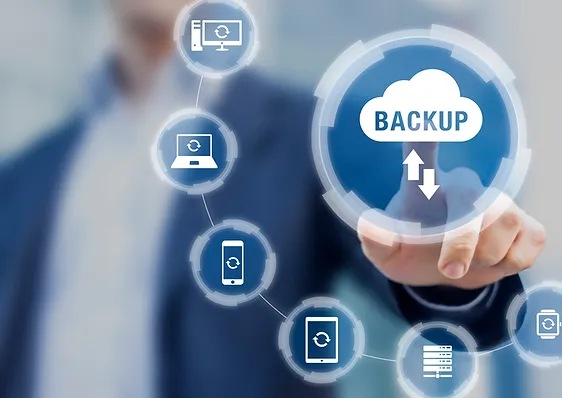Introduction
The shift to remote and hybrid work has been a blessing for flexibility, productivity, and even employee morale. But for every perk, there’s a hidden cost—especially when it comes to cybersecurity.
When employees are no longer inside your secure office network, the attack surface for hackers grows exponentially. Suddenly, you’re dealing with home routers, personal devices, and unsecured Wi-Fi hotspots.
In this post, we’ll uncover the six biggest cybersecurity risks of remote work—and show you exactly how to protect your business.
- Home Network Vulnerabilities
Your employee’s home Wi-Fi might be the weakest link in your company’s security chain. Many home routers:
- Still use default admin usernames and passwords.
- Have never had their firmware updated.
- Lack proper encryption (some still use outdated WEP or WPA2 protocols).
Attackers can target home networks to gain access to connected devices and, by extension, your company data.
Solution: Provide employees with a security checklist for home Wi-Fi. At minimum, require WPA3 encryption, strong passwords, and firmware updates. You can even offer a small stipend for a business-grade router that supports VLANs for separating work devices from personal devices.
- Personal Device Use
When employees log into company email or cloud files from their personal laptop, you lose visibility and control. That laptop might have outdated antivirus, unpatched software, or even malware already installed.
Solution: Implement a Bring Your Own Device (BYOD) policy that enforces security standards, or go further by providing company-owned devices. Using Mobile Device Management (MDM) tools like Microsoft Intune or VMware Workspace ONE lets you push updates, control app installs, and remotely wipe data if the device is lost or stolen.
- Public Wi-Fi Dangers
Free Wi-Fi in coffee shops, airports, or hotels may be convenient, but it’s also one of the easiest places for cybercriminals to intercept traffic. Without encryption, any data sent over public Wi-Fi—logins, emails, client files—can be captured in transit.
Solution: Require the use of a business VPN for all off-site connections. A VPN encrypts all data between the device and your network, making it far harder for attackers to snoop.
- Cloud File Sharing Risks
File sharing is essential for remote teams, but it also creates risk if not configured correctly. Publicly accessible links can be forwarded to unauthorized parties, and without proper logging, you may never know.
Solution: Use enterprise-grade file sharing like Microsoft SharePoint, OneDrive for Business, or Dropbox Business. Require authentication before access, disable public links, and set file expiration dates. Enable audit logging so you can see who accessed what and when.
- Lack of Remote Security Training
Many employees think cybersecurity training is a “one and done” event. In reality, remote work changes the threat landscape. Employees now face:
- More phishing attacks targeting personal accounts.
- Risks from unsecured smart devices in the home.
- Greater temptation to download “free” tools that may contain malware.
Solution: Run remote-specific training modules that cover VPN use, home network security, and secure file sharing. Reinforce this quarterly with phishing simulations tailored to remote scenarios.
- Forgotten Access Points
It’s easy to forget about accounts when employees leave or when software is no longer used. But inactive accounts are a hacker’s favorite target—they often have weak passwords and no MFA.
Solution: Audit all user accounts at least quarterly. Remove any accounts for former employees immediately. Disable unused software integrations to shrink your attack surface.
Why This Matters Now
According to IBM’s 2023 Cost of a Data Breach Report, the average cost of a breach for companies with a remote workforce was $1 million higher than those without. The risks are real—and they’re expensive.
Conclusion
Remote work is here to stay, but so are its risks. By addressing these vulnerabilities proactively, you can keep your workforce flexible without sacrificing security. At 24By7Live, we help businesses secure every device, every user, and every connection—no matter where your team works.




